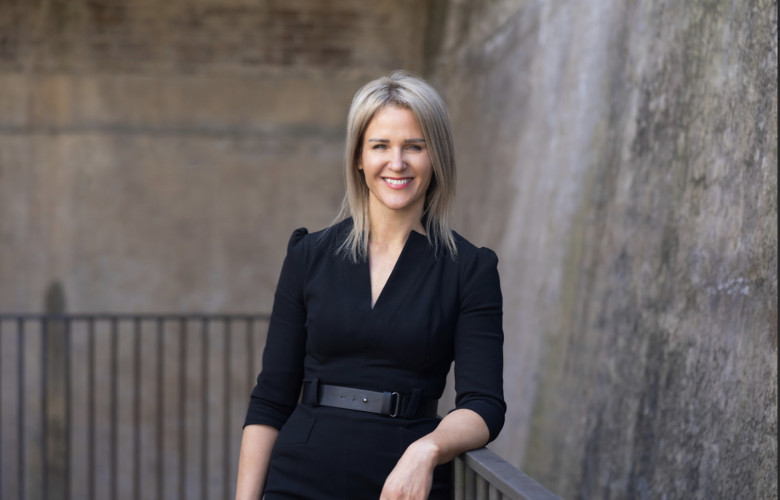Will rising listings slow the market?
Contact
Will rising listings slow the market?
Nerida Conisbee, Chief Economist at Ray White Group, questions whether the robust growth in Australian house prices, which has persisted since the beginning of the year, is approaching its conclusion now that property listings are on the rise once more. This surge in prices has been primarily fueled by a shortage of available properties for sale. However, as the number of listings increases, one might wonder if this marks the culmination of the upward trend in prices.
House prices have been rising across Australia since the start of the year. A key driver of this has been a shortage of properties for sale. But with listings increasing again, is that the end of strong growth?
Housing markets are far more complex to be driven by just one factor and the outlook is not driven simply by a change in the number of properties available. Both supply and demand of properties are being driven by a range of varying influences. It is simplistic to say that because listings are going up, there is insufficient demand to maintain price momentum and therefore prices will either slow down or even fall.
A first consideration is why properties for sale are increasing in the first place. A distressed market where a large number of people are selling because they can’t pay their mortgages, or a change in policy has made owning property unattractive, would likely lead to a fall in prices. In comparison, a rising market where vendors feel they can get the price they want because of strong momentum could lead to the opposite movement of prices. There have been instances of both occurring.
We don’t know for sure what is driving listings upwards at the moment but it is likely a mix of both negative factors (high interest rates making property less attractive or difficult to own), as well as momentum in the market which has resulted in significant price increases since the start of the year and hence more people wanting to sell.
The demand side is even more complicated but has become stronger over the past few months. Last year, Australia saw an increase of 500,000 people, requiring around 200,000 more homes. In comparison, there were only 173,000 new homes completed. This shortfall has meant greater competition for homes.
In addition, the rental demand has become more competitive. Rents rose during the pandemic as people spread out and this led to too few rental properties as migration started up again, accelerating this growth. Buying a property for many would have become more financially viable or attractive, pushing them into the established market, further increasing the demand for homes.
Construction challenges have also contributed to greater demand for established properties. Strong growth in construction costs have made it hard to find builders, and made it more expensive to build. Many people that would have usually bought a new home have been pushed into the established market. This is particularly the case for first home buyers, a large market for house and land development.
Finally, interest rates have likely peaked. The uncertainty during last year put the market in a stranglehold. Last year, the biggest fall in prices occurred in June 2022, the first month after interest rates started to rise. This fall coincided with a drop in properties for sale with fewer vendors wanting to sell in an uncertain environment. Interest rates may be higher now but there is a lot less uncertainty, a positive for the market.
For now, properties for sale are on the rise and price growth remains strong. In August, Australian house prices increased by 0.4 per cent even though listings increased by 9.4 per cent. Time will tell whether this momentum continues through spring.
By Nerida Conisbee Ray White Group Chief Economist.
Related Reading:
Victorian property market insights Ray White
Short-term loss-making resales on the rise - CoreLogic





